The future belongs to agile and flexible organizations that quickly adapt latest technologies for a competitive edge. RPA and IA are such technologies. While there are several other such technologies, I will focus the confines of this post on automation.
The demand for automation was growing as it is, and COVID-19 increased it exponentially. To prove my point, here are some interesting numbers.
As per Automation Anywhere, the potential economic impact of knowledge work automation is expected to be $5-7 trillion by 2025.
Few organizations, however, are reluctant to adopt automation as they fear employee resistance as it is believed to replace the human workforce
If organizations continue to rely on manual processes and delay automation, they won’t be able to keep pace with the future and will lose a competitive edge. Therefore, be it RPA or IA, you must consider automation before it’s too late.
Automation will not displace employees; however, it is expected that 861,000 public sector jobs will be lost to automation by 2030, saving £17 billion off the public sector payments in 2030 compared to 2015. (Deloitte State of the State report)
Both RPA and IA are similar and yet different. I will explain the concepts and cover the definitions and differences.

Here’s What You Will Learn in This Blog
What is RPA?
A digital transformation initiative aims to break down silos, optimize processes, and increase profitability in the long term. RPA is often known as the first step of digital transformation. As RPA implementation meets the purpose, thus, it is recognized as the beginning of a digital transformation journey. RPA automates repetitive tasks to improve business processes’ speed, quality, and accuracy. Once you can identify rule-based and repetitive tasks that take too much of your time, RPA can reduce the manual effort and errors related to such tasks.
As per research by Brandessence Market Research, the size of RPA will
grow 31.07% from 2020 to 2027.
RPA is most deployed in processes like invoice, payroll, sales order processing, web analytics, and user registration, amongst other such processes across the industry.
Top-Line Benefits of RPA
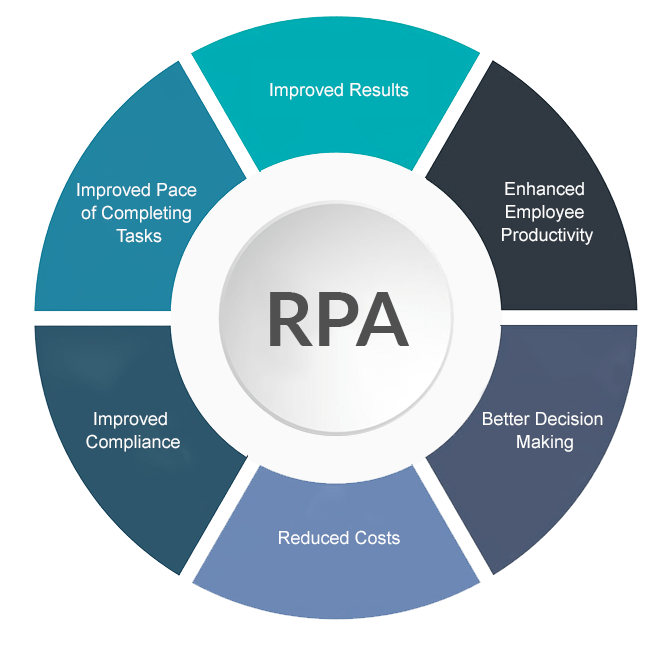
Improved Results
Robots can work tirelessly while working on a repetitive task. They lessen the need to rework and can deliver consistent output, improved results, and high quality. There are no deviations once the bots are configured with the rules, and the output is consistent.
Enhanced Employee Productivity
Once the bots manage the mundane and repetitive human tasks, your employees can take more strategic and intelligent work. It boosts their morale, satisfaction and enhances their productivity.
Better Decision Making
RPA generates accurate and error-free data, which helps in generating precise and meaningful analytics. Insightful and accurate reports help make better decisions and prepare better for future trends and conditions.
Reduced Costs
The business impact of saving from RPA is multi-fold as you lessen the time to perform tasks and save the employees’ time to perform those tasks. Several surveys indicate how a single bot provides the work of 20 full-time equivalents (FTE) and saves considerable costs.
Improved Compliance
RPA activities offer a more transparent working method; mapping and logging tasks are more manageable. There is a better opportunity to monitor the output and perform root-cause analysis in case of any misses. It gives an easier way to identify gaps and meet compliance and regulatory requirements.
Improved Pace of Completing Tasks
Organizations experience a noticeable and significant improvement in completing their high-volume and repetitive tasks. Bots do not face inconsistent productivity issues like humans and can work steadily and deliver invariably.

What is Intelligent Automation (IA)?
With IA, companies have experienced improved customer experience, met compliance and regulation requirements, reduced costs with workforce augmentation, and improved productivity. Met compliance and regulation requirements, reduced costs with workforce augmentation, and improved productivity. Intelligent Automation (IA), also known as Intelligent Process Automation (IPA) or hyper-automation, is a holistic digital transformation initiative. It combines three cognitive technologies, Business Process Management (BPM), Artificial Intelligence (AI), and Robotic Process Automation (RPA).
ResearchAndMarkets.com projected the intelligent process automation market to grow to USD 13.75 billion by 2023, at a CAGR of 12.9% from 2018 to 2023.
IA provides human intelligence with Artificial Intelligence (AI), extending the ability to reason, make judgments and decisions, and analyze. Intelligent Automation can effectively manage the processes like employee onboarding and offboarding, intelligent virtual assistants, and inventory control.
Top-Line Benefits of IA
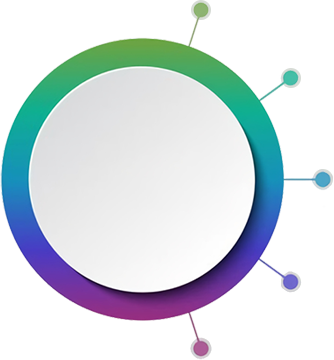
Top-Line
Benefits of IA
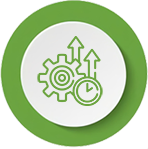
Improved Productivity and Decreased Operational Costs
Improved Productivity and Decreased Operational Costs
Automation improves productivity and reduces operational costs as it can significantly improve the speed and accuracy of operations, reduce workflow cycle, and deliver a greater volume of work.

Improved Customer Satisfaction
Improved Customer Satisfaction
IA helps with faster, efficient, and more accurate operations such as data entry, document sorting, and more intelligent document processing. With faster and more accurate processing, customers are more satisfied with a faster service and quick resolution of their issues.

Reduced Employee Turnover
Reduced Employee Turnover
IA frees the employees of tedious and mundane tasks, and they can focus their time and energy on more challenging and gratifying tasks. Organizations can reduce employee turnover as they are involved in more critical roles.
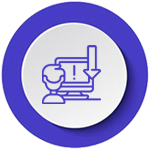
Reduced Errors
Reduced Errors
Humans are prone to fatigue and reduced productivity. However, automating processes reduces the chances of manual errors and increases productivity, as workflows are followed to perfection and output is delivered as expected.
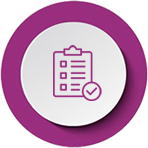
Enhanced Compliance
Enhanced Compliance
Every industry needs to meet compliance and regulatory requirements. With intelligent automation, meet data privacy needs, regulation requirements, and the need to conform to compliance requirements. It makes it easier to retain records and maintain data privacy.
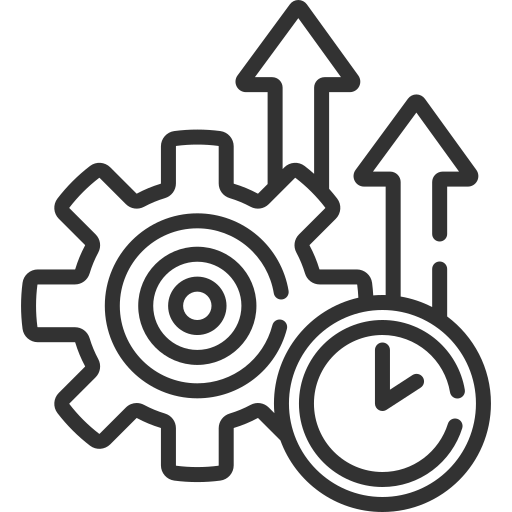
Improved Productivity and Decreased Operational Costs
Automation improves productivity and reduces operational costs as it can significantly improve the speed and accuracy of operations, reduce workflow cycle, and deliver a greater volume of work.

Enhanced Compliance
Every industry needs to meet compliance and regulatory requirements. With intelligent automation, meet data privacy needs, regulation requirements, and the need to conform to compliance requirements. It makes it easier to retain records and maintain data privacy.

Improved Customer Satisfaction
IA helps with faster, efficient, and more accurate operations such as data entry, document sorting, and more intelligent document processing. With faster and more accurate processing, customers are more satisfied with a faster service and quick resolution of their issues.

Reduced Errors
Humans are prone to fatigue and reduced productivity. However, automating processes reduces the chances of manual errors and increases productivity, as workflows are followed to perfection and output is delivered as expected.
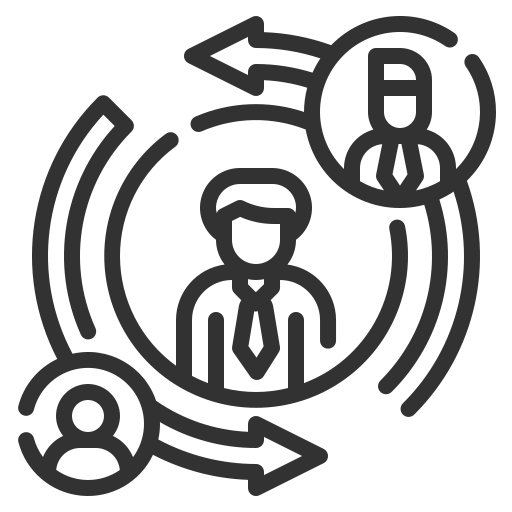
Reduced Employee Turnover
IA frees the employees of tedious and mundane tasks, and they can focus their time and energy on more challenging and gratifying tasks. Organizations can reduce employee turnover as they are involved in more critical roles.
How is RPA different from IA?
RPA and IA are terms used interchangeably. While they might seem similar (and seem to offer similar benefits), RPA and IA are different. IA relies on RPA capabilities, while RPA doesn’t need IA to function.
RPA emulates human action while IA emulates human thinking. While RPA is limited to the automation of repetitive tasks, IA carries out high-functioning tasks. IA can optimize a task that RPA manages (which means optimizing the tactical aspects of the process).
IA is an advanced form of RPA. The technology integrates AI, Machine Learning (ML), and Natural Language Processing (NLP) to learn from data patterns and manage exemptions. RPA automates recurrent and rule-based tasks while IA enables the processing of complex operations with AI reasoning.
IA allows businesses to be proactive in the automation journey.
RPA is suitable for run-of-the-mill tasks, while IA can manage non-routine tasks and provide inferences and judgments when needed.
The cost and time for IA implementations are higher than RPA.

If you just skimmed through this blog, here is what you missed.
- RPA automates repetitive tasks and offers several benefits
- IA combines RPA, BPM, and AI.
- Though similar at a superficial level, IA and RPA are different as the former adds intelligence and judgment to routine tasks.
- IA is an end-to-end, advanced, and intelligent RPA implementation.
- To get a free assessment if your organization needs IA or RPA, speak to one of our automation experts.
Conclusion
Both RPA and IA are powerful tools to transform the operations in an organization, and both will continue to evolve as automation evolves. Whether you need to automate the routine tasks or simulate human intelligence, you need an experienced team to understand your organizational processes and operations.
There is one thing for sure – in the age of digitization – you need to adopt either of the two to keep pace with the market needs and to remain competitive in the dynamic and unpredictable conditions.
Nsight has a team of experienced RPA and IA professionals who can assess your requirements and help you maximize the benefits of automation. Contact us today for a free consultation and learn the best way forward to implement RPA or IA in your organization.
About the Author

Sudhakar has over a decade of experience and expertise in helping clients across multiple industries to adopt emerging technologies. He is a certified specialist who combines his innovative mindset to enable enterprises to leverage cutting-edge technologies like Robotic Process Automation (RPA). Sudhakar is a Customer Experience (CX) professional with vast design thinking experience.





